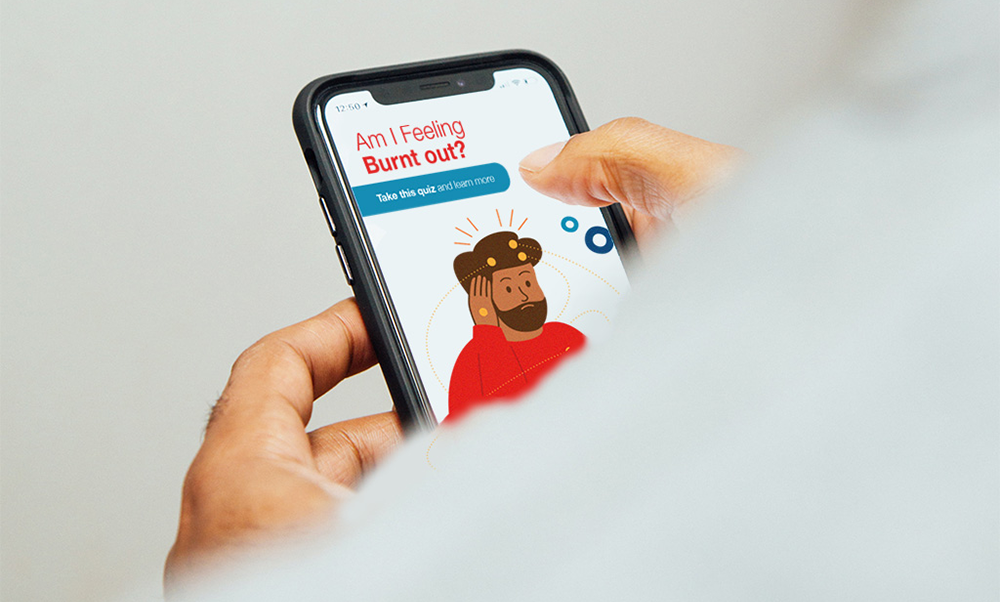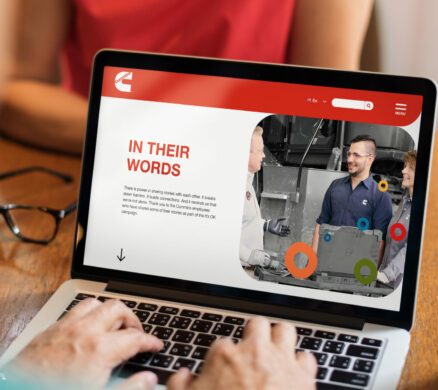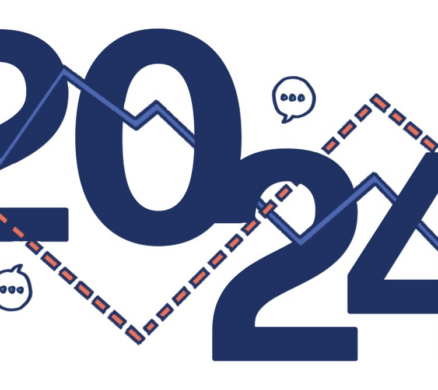
Mental health in the workplace is an important issue. This is not a new revelation—for some time, many companies have offered free counseling sessions for employees and their families through Employee Assistance Programs (EAPs).
What’s new, perhaps, is the more intentional effort that companies are undertaking to create a culture of support and well-being—one that breaks down the stigma around mental health so employees can share mental health struggles without fear or concern.
It seems natural for this to be on a company’s radar. After all, employees spend much of their lives working—many times, beyond their work day. And what’s happening at work can bring stress home and vice versa.
1 in 5
workers will experience a mental health condition in a year.*
$1 investment in mental health = $4 ROI*
For every one dollar invested into scaled-up treatment for common mental disorders, there is a four-dollar return on investment in improved health and productivity.
We continue to see employers that are working to prioritize their employees’ mental health. This investment can directly and indirectly impact all areas of your business: recruitment, retention, engagement, performance and health care costs.
Here are three ways companies can begin to develop a more supportive culture.
1. Develop Supportive People Managers
Top leadership can say that mental health matters, but it won’t really make an impact if employees don’t experience that with their frontline managers. Mental Health America (MHA) reports that research shows a consistent and strong relationship between managerial styles and employee stress and well-being. However, only 36% of employees feel they can rely on manager support. Employees who do not feel supported by their managers experience increased stress levels and feelings of isolation and job dissatisfaction.
As a result, MHA is encouraging companies to invest in developing emotionally intelligent people managers. Emotional intelligence (EQ) is the ability to manage your own emotions and understand the emotions of people around you. Through company policies, training programs as well as ongoing communication and education, managers can learn to develop more EQ awareness and skills, including:
- Checking in with direct reports regularly
- Providing emotional support to employees
- Being approachable with open-door and flexible policies
- Understanding how employees express signs of acute stress or burnout
Example in Action: One Westcomm client partners with its EAP provider to host sessions for managers on a variety of mental health topics. This same client also has started to do a deeper dive into managerial training modules. Most recently, managers received training on burnout—what it is, what it looks like, how to help and resources to provide.
2. Mental Health Awareness Campaigns
Another integral way to build a more supportive culture is by openly talking about mental health. An awareness campaign can help normalize mental health and break the stigma around it. The campaign becomes a conduit for educating employees and making mental health part of your company conversation.
Employees are inundated with information daily, so pick a theme that is quickly identifiable, easy to remember and is able to be carried out over time.
Examples in Action

Cummins uses “It’s OK” as its theme, communicating that it’s OK to be sad or anxious sometimes just as much as it is to be happy or relaxed. Through the campaign, the company regularly reminds employees that how they feel mentally and emotionally is just as critical as how they feel physically.
Purdue University chose “Beyond the Surface” as its campaign theme. It’s a call to action to go deeper in order to break the stigma around mental health. The university hopes that as employees go beyond the surface, it will spark conversations at home, with their families and within the community. The hope is that it will compel employees to share and respond in ways that recognize the importance of mental wellness in all lives.

3. Mental Health Benefit Education
Many individuals don’t realize they have mental health support through company medical coverage and EAP resources. We always recommend that companies develop a benefit communications strategy that highlights benefits year-round—not just during open enrollment. Many times, employees don’t know about or pay close attention to a benefit until they have a need for it. So making sure employees understand and can access their benefits requires constant communication.
To get started, download our quarterly communications template or monthly communications template for ideas. You can also consider a more personalized communications plan during an employee’s first year with regular touchpoints as an employee gets acclimated and familiar with their benefits.
Need Help?
If you’re ready to start planning either a mental health awareness campaign or a year-round benefit communications plan—or both!—we can help. Simply reach out at helloindy@westcomm.com to learn more.
* Sources: “Mental Illness.” National Institute of Mental Health, U.S. Department of Health and Human Services
“Mental Health in the Workplace.” World Health Organization, World Health Organization





